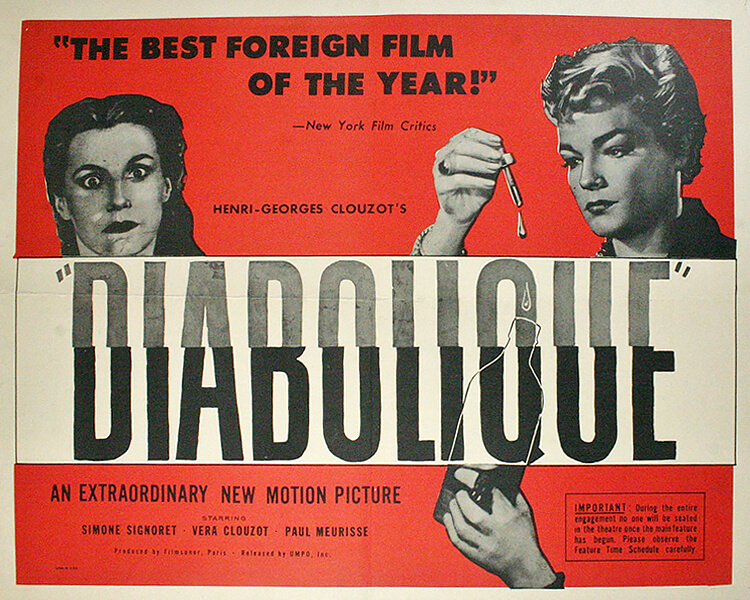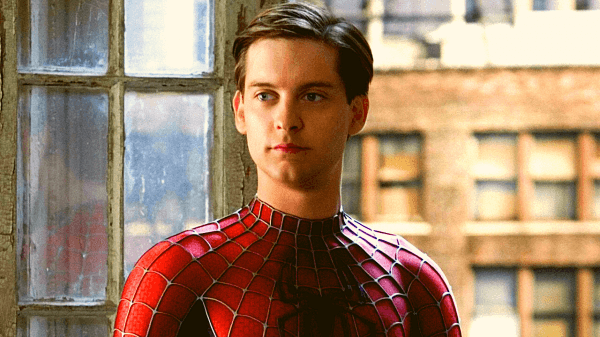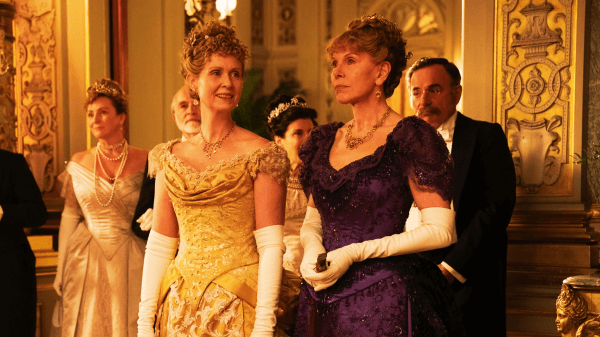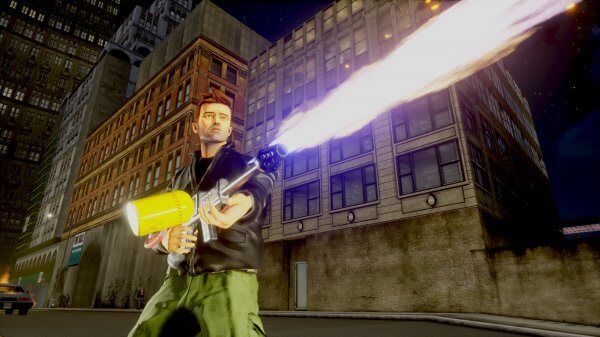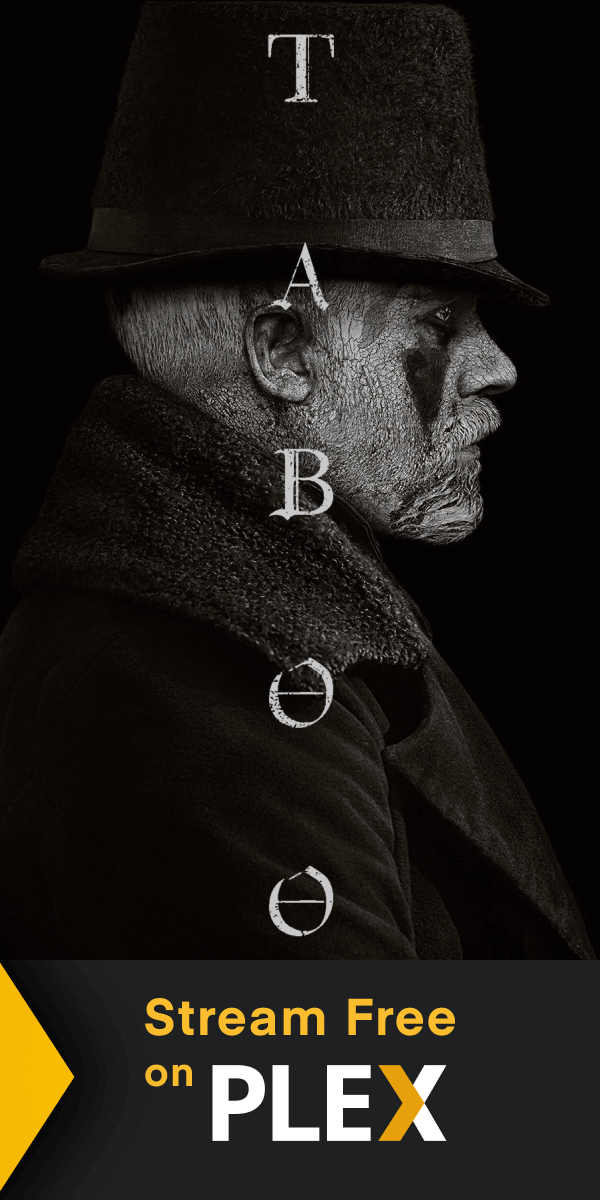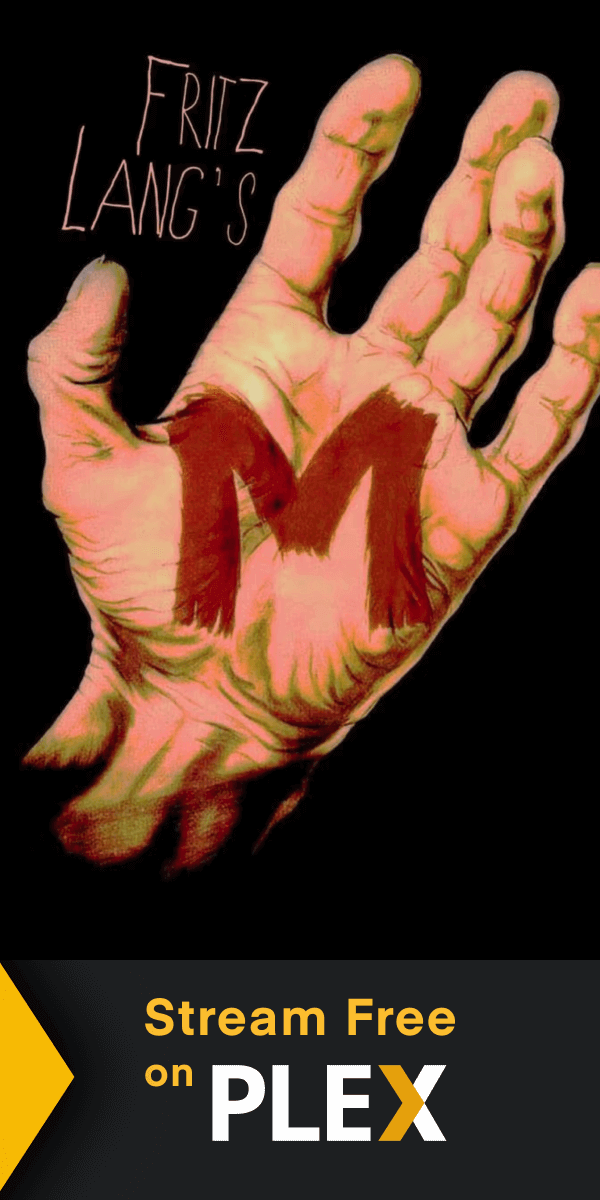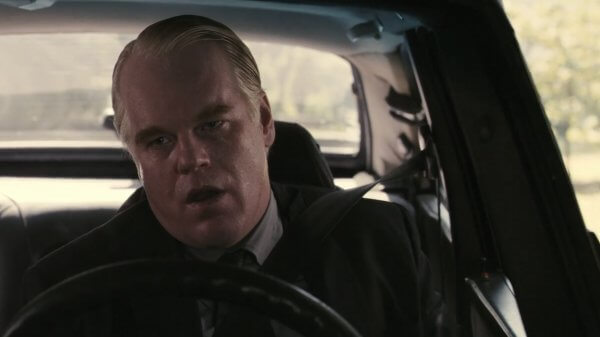Throughout Brian De Palma’s 2002 film Femme Fatale, you’ll see a poster in the background for a movie called Deja Vue [sic]. It appears next to sidewalks and on those big wrap-around ad spaces near bus stops and public thoroughfares. It even shows up in a flashing banner ad above one character’s email inbox. This movie, it will probably not surprise you, isn’t real. It’s a reference to De Palma’s 1976 film Obsession, whose screenplay was originally titled Deja Vu when it was written by Paul Schrader, before De Palma reworked it. Obsession is a mystery that includes (among other things) kidnapping, death, and look-alikes, all of which appear in Femme Fatale. So the poster for the fake movie is referencing a real movie full of fictional things that happen in the real movie you’re now watching.
This is basically why it’s difficult to talk about Femme Fatale in a way that doesn’t destroy it. Not because it’s a weak film: it’s strong and twisty, at once pleasurably lurid and engagingly suspenseful. No, it’s because De Palma’s film goes a step beyond his usual psychosexual thrillers and isn’t just an homage to Hitchcock, but to De Palma himself. If anyone else had directed it, Femme Fatale would be the best De Palma imitation ever made, but since the man himself was in charge, it becomes this recursive, self-referential thing that’s more about the shapes and ideas on screen than in the actual story or content. This is a compliment, too. Femme Fatale is a gorgeous, trippy, deliberately outsized neo-noir that invites you to laugh a little at some of the genre’s conventions while still getting swept up in them. Like all good dreams, it’s an experience that’s totally gripping in the moment but hard to describe after it’s done.
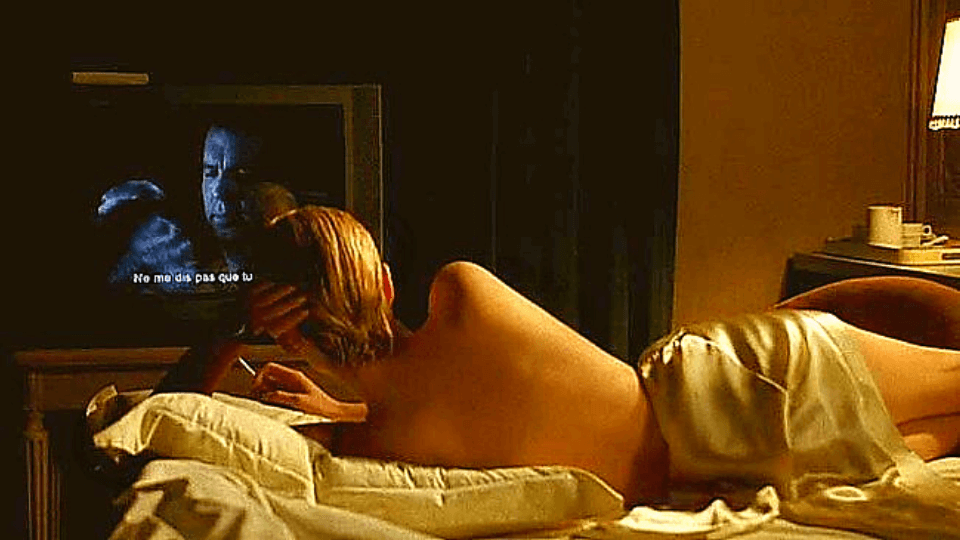
The heist sequence that opens Femme Fatale runs 19 minutes, or about one-fifth of the whole movie, and feels like its own movie in miniature. A group of thieves, spearheaded by Laure Ash (Rebecca Romijn-Stamos), infiltrates the Cannes Film Festival to steal a model’s outfit that’s studded with diamonds. (In another blurring of fiction and reality, the model is accompanying real-life director Régis Wargnier to a screening of his real-life film Est/Ouest.) Laure’s job is to seduce the model so her accomplices can swap the outfit for a fake and abscond with the jewels, and De Palma wrings every bit of suspense from the set-up by moving at a steady pace through the action. What seems to start slowly begins to happen almost too quickly, not because De Palma is forcing the viewer through greater numbers of locations and ideas, but because he spends his time carefully setting up the groups of players who will cross paths—thieves, security guards, marks—and then letting them crash into each other. It’s the old Hitchcock rule of showing the bomb fifteen minutes before it’s set to detonate and then making the viewer wait while the characters go blithely about their lives. The heist is bound to go wrong, of course, but it’s the surprising ways it goes wrong that ratchet up the tension. It feels like a masterful exercise in pure genre, right down to heated dialogue like “And remember: no names and no guns.” The whole thing is scored to the inexorable beat of Ravel’s Boléro, giving the entire sequence the feeling of an unavoidable crash. It’s outstanding.
From here on out, things get somewhat more complicated. On the run, Laure finds herself mistaken for a French woman named Lily (also played by Romijn-Stamos) and, through a series of coincidences and actions not worth going into here, Laure assumes Lily’s life and becomes involved with a wealthy businessman (Peter Coyote) who later becomes the U.S. ambassador to France. She eventually finds herself pursued by the old crew from the botched heist, as well as by a paparazzo named Nicolas Bardo (Antonio Banderas), who’s been hired to photograph the ambassador’s reclusive wife.
Yet while the plot and its execution can often veer into the ludicrous—fake kidnappings become real, loaded guns turn out to be filled with blanks, bruised black eyes reveal themselves to be nothing more than makeup carefully applied—the picture works because of De Palma’s commitment to the glory of the sexually charged, slippery, snake-twist neo-noir. Romijn-Stamos gives a performance that in its best moments still feels odd and stiff, almost oddly unsure of the visage she’s projecting. But that hardly matters, because she and Banderas exist in the film as these beautiful swirling shapes, all curves and wavy hair and pensive stares, and the movie is in that rare group of dramatic thrillers that are neither embarrassed by desire nor determined to punish those who feel it. As the story grows increasingly complex, the film itself becomes somehow lighter, jettisoning the hard suspense of its early moments in favor of a grimy glamour that revels in its characters’ ability to do bad things to each other but keep coming back for more.
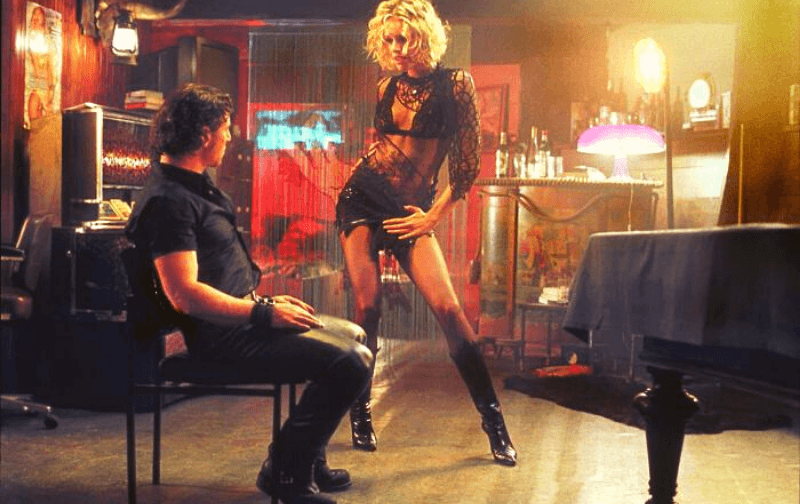
There’s plenty more potent symbolism, which you’d expect. A mid-film version of Laure/Lily coyly reveals herself to Bardo while changing clothes, stripping down to white lingerie, while a more jaded and manipulative version of her later in the film repeats the flirtation more aggressively and in black lingerie. Her final appearance sees her in a white blouse and skirt before briefly stumbling to the ground and standing up smeared with dirt, the two tones from her warring personas now grayly combined into what we’re led to believe is a new person. But this is also the kind of thing that seems to come with a wink and a smile, as if De Palma means it and doesn’t, willing both to be serious about his protagonist’s desire for redemption while also just riffing around like a filmmaker who’s been doing this for decades and isn’t about to be pinned down so easy. That’s what makes Femme Fatale so endlessly watchable and fascinating. It splits and refracts itself, shining like light through its own diamonds.
More on Plex:
Chinatown
...

Diabolique
...
